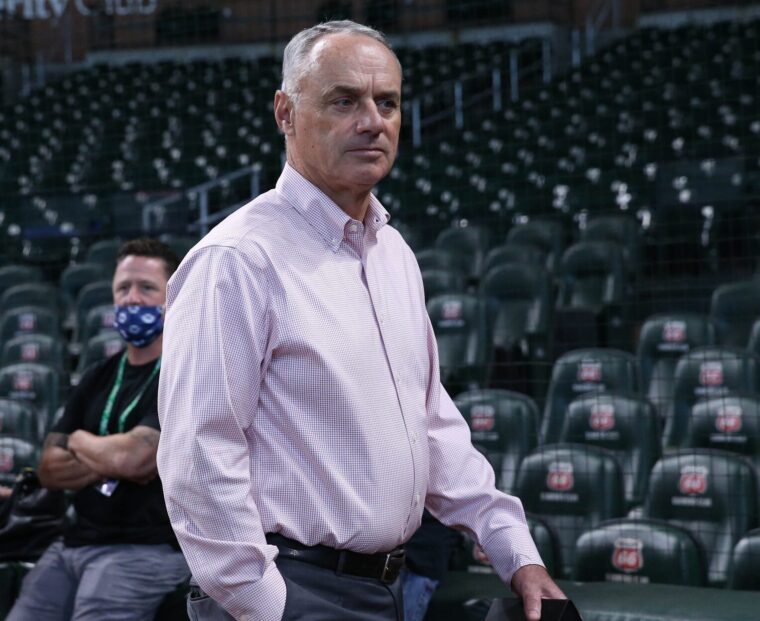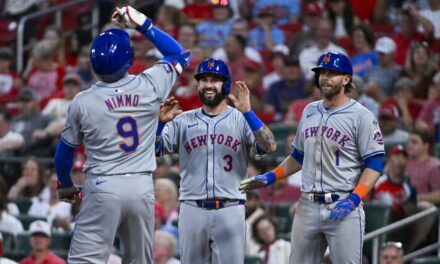On Monday, the Major League Baseball Communications Department issued a statement detailing the dramatic decrease in the number of nine-inning games that have eclipsed the three-hour and 30-minute mark. In 2021, the figure was an astounding 390 games, which was the most ever. While there was a moderate decrease to 231 games in the 2022 season, the 2023 season has seen the most drastic improvement, with only nine games extending beyond the three-hour and 30-minute mark.

Troy Taormina-USA TODAY Sports
This shift comes with several years worth of controversy surrounding the implementation of the pitch clock to the game that many people love. After mulling the possible options, a Joint Competition Committee voted to implement a pitch clock that commissioner Rob Manfred backed. The clock would allot pitchers with 15 seconds to throw a pitch with the bases empty and 20 seconds in situations with occupied bases. Also, the batters must enter the batter’s box with eight seconds remaining on the timer. Although this rule was tested at the minor league level prior to its implementation, Manfred still faced a lot of controversy for his decision to push for the rule.
While many fans have come around to the pitch clock rule, there are still two sides to this argument, both of which contain valid points.
On the one hand, pitch clock advocates will claim that shortening the game’s duration will attract more viewership, as many would previously complain about the monotonous stoppages that occur throughout the game. Also, games that take up less time will be easier to watch for people who have busy lives with school or work obligations.
On the other hand, pitch clock critics may argue that a timer strips the integrity of the game by forcing its players to conform to a time constraint. In addition, some have theorized that pitcher injuries are more likely to occur when they are throwing more pitches in a shorter amount of time. Further, some fans who attend games may feel that they paid for a lackluster experience if their game falls below the average duration.
This is still a developing situation, and adjustments can definitely be made to the existing rules. However, based on these metrics, the one thing for certain is that the pitch clock is here to stay.
All things considered, Manfred’s plan has certainly been effective in meeting its intended goal: to shorten the duration of games. In fact, he accomplished this in a resounding way, as the average duration decreased by 24 minutes, going from three hours and six minutes to two hours and forty-two minutes.















